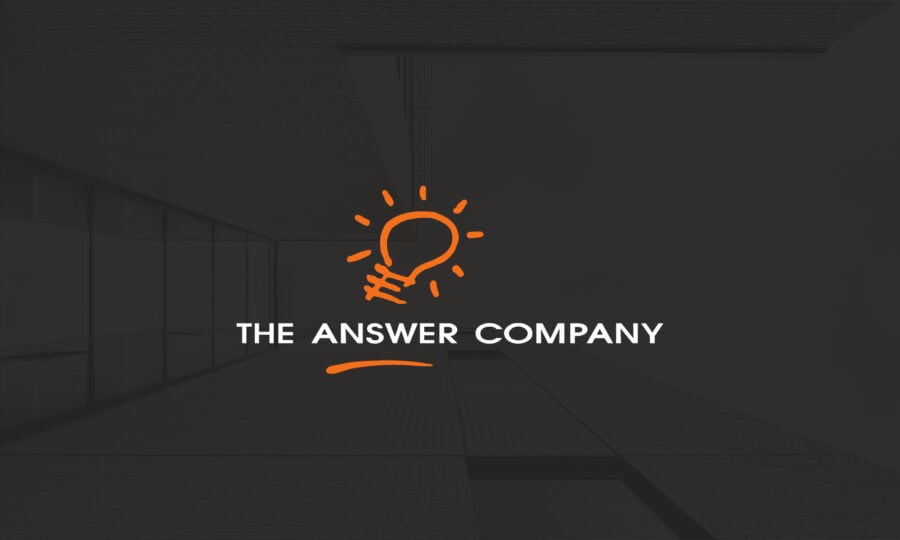Sage Intacct vs. Oracle Netsuite Part 1 — Customizing and Scaling
We often get asked about the benefits of Sage Intacct compared to Oracle NetSuite because they’re both strong players in the cloud Enterprise Resource Planning (ERP) space. The Answer Company is uniquely qualified to compare these two products: we were a NetSuite partner for a long time and used it internally for years; now, we’re a Sage Intacct Partner and began using Intacct in our operations in 2019. So, given our ability to provide unique perspective as both a customer and a partner, we’ve created this series of blog articles to explore the differences between the two offerings so you can decide which solution is best for you.
We won’t go through the comparative customer reviews from trusted sites like G2Crowd, Gartner, and TrustRadius, because those are easy to find (and you’ve likely already read them). Instead, we’ll dive into the nitty-gritty differences between the two ERP solutions. This blog article will look at two key factors: customization and scalability.
Scripting vs Clicks
The true value of an ERP lies in the fact that it is deployed based on your business set-up and workflows. So, when deploying a solution, it is almost guaranteed that it will need some personalization. It’s unlikely that your business will need standard, out-of-the box workflows.
How they compare:
- Many customizations to Sage Intacct can be made with just a few clicks. These clickable elements (like buttons) interact with the software user interface making it an easy, intuitive and visual process.
- NetSuite uses a scripting language called ‘SuiteScript’ (built on JavaScript) to make changes. Scripting involves using a coding language to add functionality in text form, which requires know-how and experience.
Fixing Broken Customizations
There are NetSuite connectors (available as bolt-on modules with their own associated costs) that aim to cut down the need for scripting. NetSuite refers to these as ‘SuiteSolutions’.
While SuiteSolutions can help with customization, if these solutions break, the responsibility is placed on the customer to monitor and repair any malfunctioning connectors. The Terms of Service for NetSuite indicate the “customer is responsible for all testing and configuration of all SuiteSolutions” and “SuiteSolutions are not supported, maintained or upgraded by NetSuite.”
On the other hand, Sage Intacct takes responsibility for fixing any broken connections that occur from updates — even if they don’t own the add-on. They refer to this as their Buy with Confidence guarantee. Also, Sage Intacct will not release any software versions that break integrations, and they guarantee backward compatibility from day one.
Scalability and Globalization
Sage Intacct was built for scaling. Its multi-entity, multi-location, and multi-currency focus makes all manner of scaling easy — especially for international organizations. When it comes to financial consolidation of all of your entities, Intacct handles currency conversion for you. It can automate inter-entity transactions and also help your finance team with localized tax reporting.
Is your scalability more about increased output than globalization? With Intacct, there are virtually no constraints on the amount of computing power that can be allocated to your system.
- Using multi-tenant cloud servers, Sage Intact operates 10,000 CPUs and 100TB of RAM (that’s memory, not storage).
- Intacct handles 100 million application requests per day.
- Intacct commits to 99.8% uptime.
NetSuite is also considered highly scalable. Configuration for multiple countries is possible through the cloud-based ‘OneWorld’ add-on module. If you opt for the SuiteSuccess bundle (discussed more in our next blog article here), you’ll receive OneWorld for one country.
OneWorld has similar tax reporting capabilities and currency conversion, plus some additional legislative compliance measures in place. However, each additional country requires an additional license, so your costs may increase depending on the number of countries you operate in.
- NetSuite also uses multi-tenant cloud servers that handle 500 million application requests daily.
- Literature is unclear about their RAM limits.
- NetSuite boasts a 99.5% uptime rate.
Summary
NetSuite has the benefit of being backed by Oracle — a well-known, established name in the ERP space. However, Oracle has suffered reputational challenges. Sage Intacct is less of a household name and Sage is significantly smaller than Oracle. But Sage Intacct offers many ease-of-use benefits that will definitely appeal to domestic and international companies looking to achieve scale.
